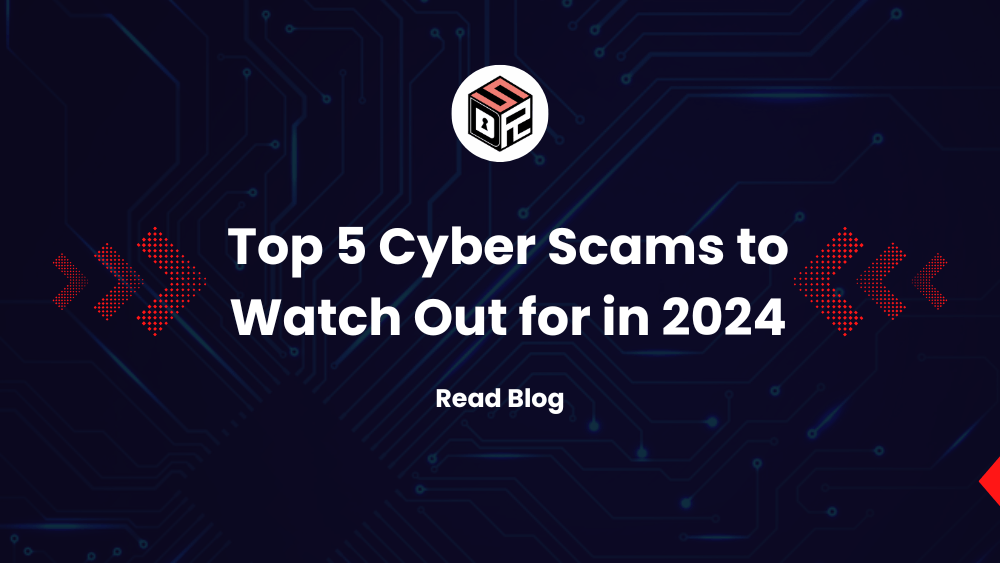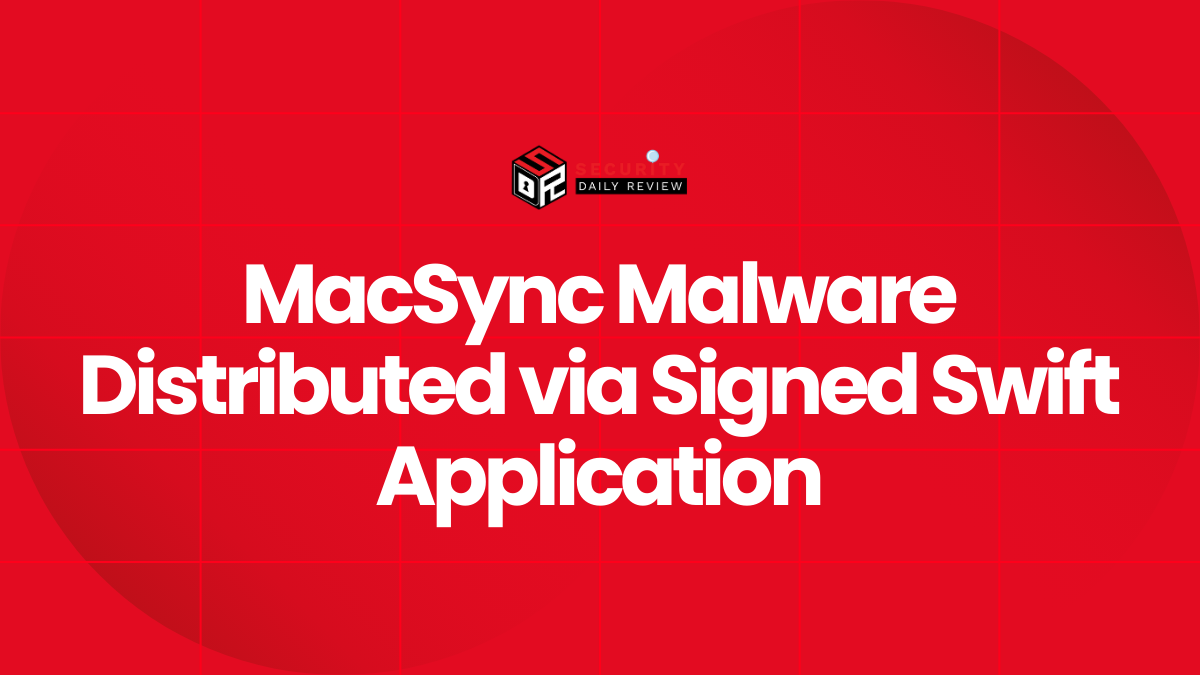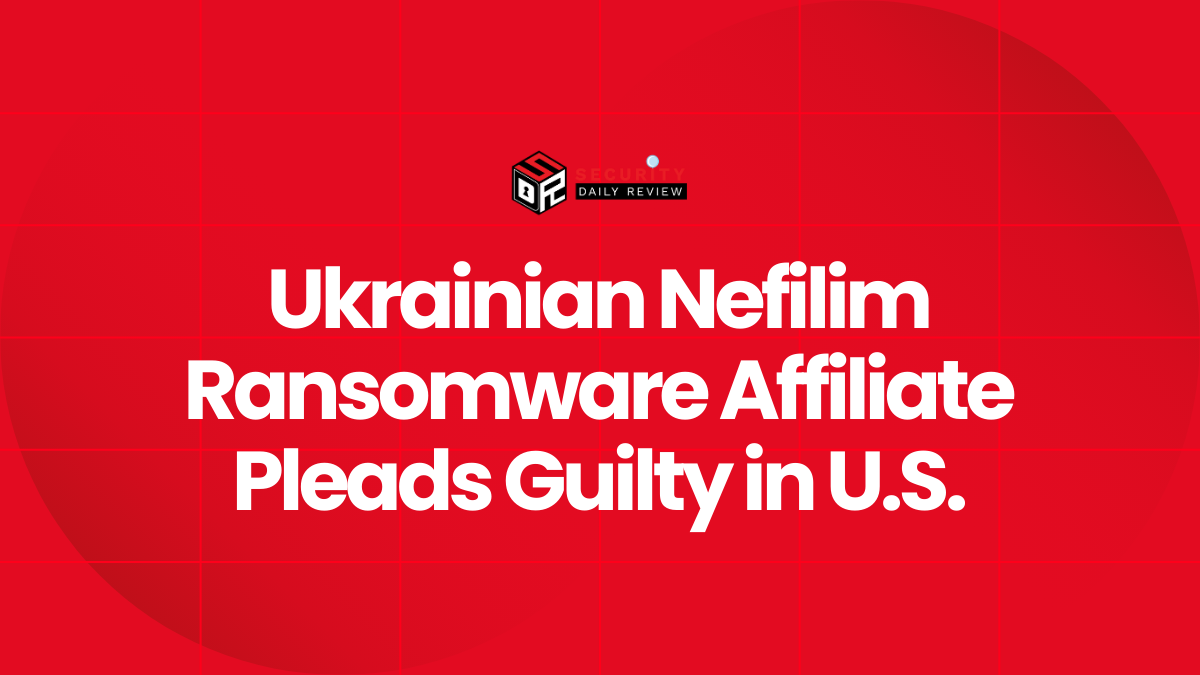As we move into 2024, cybercriminals continue developing more sophisticated techniques to scam individuals and businesses. With advancements in artificial intelligence (AI), machine learning (ML), these cyber threats are becoming increasingly difficult to detect. As enterprises hold sensitive data and process financial transactions, they present lucrative targets for attacks.
In this blog, we examine the major cyber scams businesses need to watch out for in 2024 based on trends seen in 2023. Proper awareness and prevention strategies can help organizations strengthen their cybersecurity defenses against these evolving threats.
Automated Robocall Scams: Targeting Businesses Through Technical Support, Invoicing and CEO Fraud Schemes
Robocalls continue posing significant risks as scammers find new ways to exploit this communication channel. According to the FTC, scam robocalls have surged to over 33 billion in the US alone in 2022. For businesses, robocalls are commonly used for technical support, invoicing and CEO fraud scams.
“When combined with well-thought-out social engineering campaigns, GenAI can cause unprecedented financial damage in mass-scale phishing or fraud campaigns,”
Technical Support Cyber Scams
One of the most prevalent robocall cyber scams involves impersonating technical support from major software and hardware companies. Fraudsters deploy robodialers to call numerous businesses simultaneously from spoofed numbers. Their pre-recorded messages claim an “urgent issue” was detected with devices like servers or workstations. Victims are pressured into calling back the number provided or connecting to remote access services.
Upon calling back, “technicians” then diagnose fake errors to convince targets expensive repairs or software upgrades are required. In reality, no issues exist and victims end up paying hundreds or thousands of dollars unnecessarily. Some scammers even install malware remotely during these support sessions to hold systems ransom for even higher payouts.
Businesses lose millions annually through these technical support scams alone. While tricky to identify, red flags include calls about issues without context or prior inquiries. No legitimate support service will cold call organizations either.
Fake Invoicing Scams
Another tactic involves posing as vendors through spoofed phone numbers. Scammers claim a past due payment is outstanding and demand immediate settlement through untraceable channels like gift cards to avoid reported to credit agencies.
Their voices are modified through voice conversion technology to mimic authentic vendors on file. Forged documents may even be sent via email to appear legitimate. Businesses get deceived and wire hundreds or thousands before realizing it was a cyber scam.
CEO Fraud Cyber Scam Targeting Executives
One of the most sophisticated robocall schemes targets top leadership. Hackers conduct in-depth online research to gather names of C-suite executives and how payment protocols work. They may also bribe insiders for sensitive company details.
Well-rehearsed scammers then call through spoofed numbers mimicking the executive’s voice or assistants. Urgent wire transfer requests are made for issues like M&A deals, payroll issues citing non-disclosure. Panicked employees comply without verifying, resulting in substantial losses.
Addition details on the techniques and ruses employed in these scams help highlight why they remain so prevalent and damaging. Strict policies, employee training and technological safeguards are essential defenses for organizations at risk.
Deceptive Cryptocurrency Investment Scams: Fake Investment Managers, Cloned Exchange Websites and Malware Masquerading as Wallet Updates
As cryptocurrency gains widespread popularity, cybercriminals have taken notice of the opportunity to exploit the sector. With promises of substantial returns, crypto investment cyber scams targeting businesses are on the rise.
Fake Investment Managers
One of the most common schemes involves posing as a licensed financial advisor managing a crypto hedge fund or portfolio. Fraudsters approach potential “clients” online or through referrals, touting their success rates.
They convince businesses to transfer cryptocurrency for supposed investment, providing falsified documents showing growing values. In reality, the funds are immediately cashed out into hard currency upon receipt. By the time the deception is uncovered, the scammer has disappeared.
Variations include claiming the need to “verify holdings” before sizable payouts. This tricks victims into transferring all funds at once, only to never hear from the fake manager again.
Lookalike Exchange Websites
Another technique involves setting up websites closely mimicking popular crypto exchanges. These malicious replicas are often advertised through infected pop-ups or spam links.
Once on the fraudulent site, victims are encouraged to login using existing exchange credentials. This allows hackers to directly access and drain associated wallets. Some go a step further by requesting additional deposit addresses to be added, emptying balances.
The seamless user experience fools even sophisticated traders. Many report not noticing anything amiss until funds suddenly vanish without explanation.
Malware-Disguised Wallet Updates
Crypto wallet applications have also been targeted. Scammers release trojanized versions on unofficial sites disguised as authentic updates. Unwitting users download and install the malware, relinquishing complete backend access.
Hackers then silently monitor the compromised wallets, waiting to stealthily transfer coins to their own addresses at the most opportune moments to avoid detection. Forensic analysis later shows victims’ private keys were exposed through their “updated” software.
While crypto promises riches, its anonymity paradoxically enables large-scale theft through increasingly complex cyber scams. Diligence remains key to avoid become a statistic in such lucrative schemes.
Exploitative Emails Targeting Businesses Through Malicious File Attachments and Convincing Social Engineering Lures
Email remains the dominant initial infection method for cybercriminals due to its widespread use. Hackers craft targeted phishing emails exploiting human trust to infiltrate networks.
Malicious File Attachments
Office documents and PDFs attached to emails frequently carry embedded malware. Scammers disguise payloads as routine invoices or reports on company letterhead expecting opening.
Initial files seem genuine but harbor auto-executed macros or link to embedded executable files. Opening or enabling macros immediately infects the system.
Criminals even develop zero-day exploits targeting previously unknown software vulnerabilities in popular workplace programs. Simply previewing a booby trapped attachment can compromise machines.
Deceptive Hyperlinks to Phishing Forums
Emails containing shortened URLs or linking to fake login pages are also prevalent. The hyperlinks masquerade as connecting to familiar cloud services or internal networks.
In reality, they lead to fabricated credential phishing forms designed to steal usernames and passwords. These are later used for account takeovers and lateral movement inside the network.
Social Engineering Lures
Well-crafted phishing emails frequently impersonate executives, HR, accounts payable or IT departments through identity spoofing.
Fake support scams claim issues were found through routine scans requiring responding with sensitive details like system information. Ambiguous messages trigger concern and panic responses revealing targets for blackmail or ransomware.
Confidence tricks exploiting natural helpfulness also ask for account access to “transfer files” or request following a “mandatory security survey”. Tricks usually demand clicking links or opening attached files for ‘verification’.
While email filters catch many threats, highly targeted or novel attacks regularly bypass even multilayer defenses to successfully compromise recipients. Constant user training along with stringent email security policies helps minimize successful phishing.
Automated and Scaled Scams Empowered by Advances in Artificial Intelligence
Cybercriminals are increasingly leveraging artificial intelligence technologies to automate and scale their attacks. As AI systems become more advanced, the risks from these cyber scams will continue growing.
Bot-Generated Phishing Sites
Neural networks can now analyze legitimate websites to automatically generate near-perfect replicas designed to steal credentials and payment details.
Bots scrape website code to perfectly mimic the visual design and layout of popular services. They fill databases with profile details harvested from past data breaches to fool identity verification.
Once a targeted user visits and logs in, their credentials are compromised within seconds. Convincing copies of software provider login portals or employee expense claims systems bypass even caution users.
Automated Social Engineering
Chatbots are programmed to chat like humans while analyzing responses. They can profile victims through conversations to assess identities, relationships and susceptibility to cyber scams.
Bots discreetly nudge discussions until establishing enough trust to deliver a phishing link or malware attachment. Machine speed and skill surpass humans, cheating detection.
Synthetic Voice Scams
AI-synthesized audio achieves human-level naturalness enabling new phone scams. Automated voices impersonate colleagues requesting sensitive data or funds transfers with urgency.
Deepfakes let thieves mimic executive voices, bypassing suspicion. Victims provide details or access requested without verification. AI masks are nearly impossible for humans to detect as artificial.
While AI brings benefits, its capabilities now empower deceit on an industrial scale. Corporate security demands recognizing these automated tactics and training employees against even plausible-sounding artificially-generated requests.
Preparing for Tomorrow’s Threats Today: Emerging Risks from Deepfakes to Insider Threats and Ransomware Sophistication
In addition to commonly used attack vectors, some novel cyber risks for businesses should be closely monitored going into 2024:
Deepfake Cyber Threats
Advancements in deepfake technology allow the creation of highly realistic fake audio and video. Cybercriminals could exploit this by generating deepfake videos of C-level executives requesting fraudulent wire transfers or disclosing sensitive information. Unless verified through other channels, these forgeries may deceive employees into acting maliciously. Businesses need deepfake detection solutions and multi-factor identity verification protocols.
IoT Security Risks
As more devices get connected to corporate networks, the attack surface grows exponentially. Insecure Internet of Things devices like IP cameras, sensors and smart appliances are easy targets for compromise. They can then be used to launch larger attacks from within the network via botnets and DDoS. Regular patching, device access control and segmentation help reduce IoT exploitation risks.
Insider Threats
With access to crucial systems and data, insider threats from negligent or malicious employees and contractors pose unique challenges. Well-planned social engineering can convince insiders to assist cybercriminals for financial or ideological motives. Close monitoring of user activity and restricting unnecessary access helps identify abnormal behavior tied to data/resource abuse early on.
Cyber Threat from Sophisticated Ransomware
Ransomware deployments targeting large organizations are becoming automated, faster spreading and remotely executed for maximum impact.
New variants leverage double extortion by threatening to leak stolen data publicly too. Businesses must exercise caution online, prioritize backups and test incident response plans regularly to limit downtime and losses from these disabling attacks.
Anticipating emerging threats helps organizations to proactively counter future risks. Implementing various security precautions across email, endpoints, networks and cloud platforms is prudent for risk mitigation.
Conclusion
In conclusion, 2024 is shaping up to present substantial cyber risks that enterprise businesses must take seriously. Cybercriminals continuously evolve their tactics with advancing technologies like AI, requiring organizations to be equally agile in their defenses. While no measure provides absolute protection, proactive mitigation strategies can significantly lessen the likelihood and impact of cyber-attacks.
Large corporations handling vast amounts of sensitive data and financial transactions are prime targets. It is imperative that security is viewed not as a separate function, but as a key facet of business operations integrated across departments.
However, technology is only one part of the solution. Targeted employee cybersecurity awareness training that incorporates real-world scenarios remains vital, as human fallibility remains the weakest link exploited. Individual vigilance against even highly sophisticated social engineering is challenging without proper preparation.
As malicious techniques diversify rapidly, upholding cyber defenses demands constant refinement based on emerging trends. Forward-looking measures combined with defense in depth offer the best strategy for enterprises facing relentless threats in 2024 and beyond. With determined efforts, organizations can substantially curb cyber risks to their operations, reputation and bottom lines.









